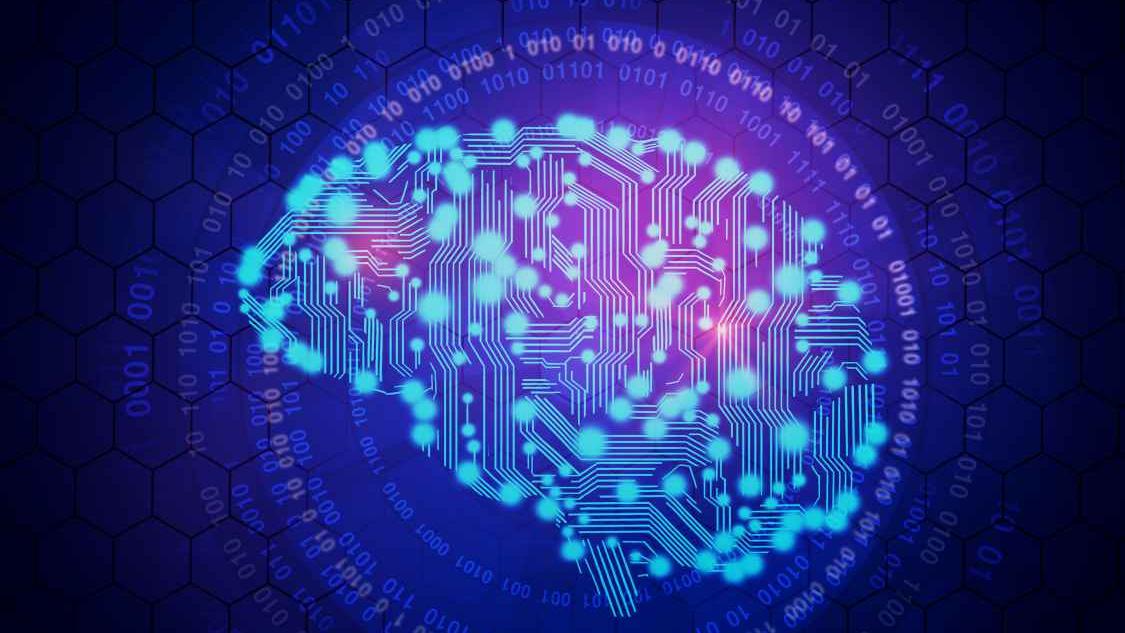Clinical Pearl Series Edited from Yale-G First Aid: Crush USMLE Step 2CK & Step 3 by Yale Gong, MD, Sr. Medical Advisor at www.medicine.net (Copyrighted)
Credit:www.freepik.com
Dysphagia refers to difficult swallowing, mostly present in mechanical/obstructive esophageal disorders. Odynophagia refers to painful swallowing, usually associated with esophagitis. The upper esophageal sphincter (UES) and lower esophageal sphincter (LES) have the functions of preventing regurgitation of food upon swallowing. Any disruption in peristalsis, LES, UES, or esophageal anatomy can cause dysphagia or odynophagia. In-time differential diagnosis and management are crucial.
Oropharyngeal dysphagia
Causes: Thyroid disease, Zenker diverticulum (bad breath + neck mass), cancer (progressive dysphagia), neurologic disease (cranial nerve or bulbar lesion), muscular disease, sphincter dysfunction, and post-surgery/radiation dysphagia.
Diagnosis of choic: Cine-esophagram (videofluoroscopic swallowing exam) + esophageal manometry (motility study). Treat underlying cause.
Esophageal dysphagia
Types by causes:
1.Mechanical obstruction: Mostly partial obstruction and for solid foods, includes Schatzki ring (lower esophageal webs with periodic dysphagia), peptic stricture (progress + chronic heart-burn), cancer (progress + smoking + drinking).
Diagnosis of choice: Barium (Ba) X-ray followed by endoscopy with biopsy.
2.Motility disorder: Mostly near-full obstruction for solid and liquid foods—achalasia (progressive LES pressure increase), diffuse esophageal spasm (intermittent), scleroderma (chronic heart-burn + Raynaud or CREST syndrome).
Diagnosis of choice: Manometry. Treat underlying cause.
Odynophagia
Causes: Neuromuscular disease, candida infection (HIV history + diffuse ulcers), cytomegalovirus (large shallow ulcers), herpes simplex virus (small deep ulcers), chemicals (lye or pill ingestion + atypical ulcer).
Diagnosis of choice: Ba X-Ray, Cine-esophagram, or endoscopy. Treat underlying cause.
Diagnostic treatment dysphagia with nitrates and Ca-blockers
Treatment can lower the pressure in the lower esophageal sphincter and improve achalasia and diffuse esophageal spasm, but worsen gastroesophageal reflux disease (GERD).








Post comments